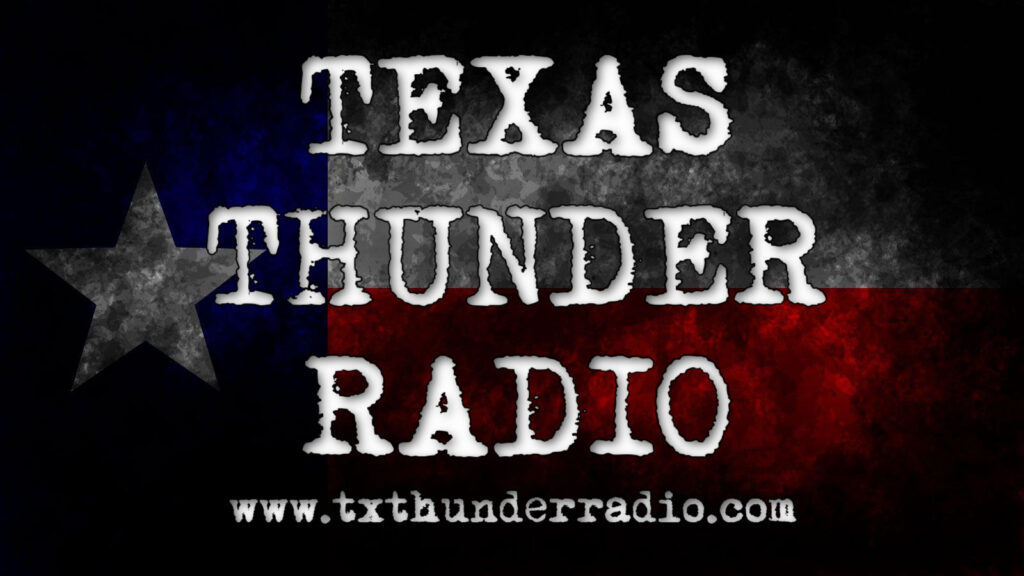 wellesenterprises/iStockBy MEREDITH DELISO, ABC News
wellesenterprises/iStockBy MEREDITH DELISO, ABC News
(NOTRE DAME, Ind.) — Before arriving on campus at the University of Notre Dame earlier this month, nearly all undergraduate and graduate students took COVID-19 tests. More than 11,800 tests yielded 33 positive cases, for a positivity rate of 0.28%.
By Aug. 18, eight days after classes started, the campus had 147 confirmed cases and a positivity rate of nearly 16%. The cases had overwhelmed the school’s testing and isolation measures and put the remainder of the fall semester in jeopardy, school officials said. That day, the university announced that undergraduate students would be going virtual for at least two weeks.
The university is one of hundreds of schools attempting to reopen with students on campus amid the pandemic. It’s also among those making headlines for its increase in COVID-19 cases since welcoming back students.
Notre Dame has been committed to reopening its campus since the spring. In late May, its president, Father John I. Jenkins, penned a New York Times opinion piece with the bold headline, “We’re Reopening Notre Dame. It’s Worth the Risk.” Whereas some schools — notably the University of North Carolina Chapel Hill — have pivoted to virtual learning amid coronavirus outbreaks this fall, Notre Dame is continuing to prioritize on-campus learning.
The rising cases — which now total nearly 500 — caused the school to “come up with a new battle plan,” Provost Marie Lynn Miranda said in a video address to students last Friday.
Part of that plan is keeping undergraduates, an overwhelming majority of whom have tested positive for the virus, out of classrooms until at least Sept. 2. The school should have an update on a return to in-person learning by Friday, a spokesman told ABC News.
The university has also expanded its COVID-19 testing. On Friday, it launched randomized testing of its student body to help identify asymptomatic or pre-symptomatic cases. Over the five days since, Notre Dame conducted 2,175 total tests — about half of the overall number of tests it’s conducted since Aug. 3. The campus positivity rate has decreased to around 3%.
Increased testing is a welcome move for third-year Notre Dame law student Rachel Palermo, though it’s one she wishes the school had implemented from the start.
“I think that the testing has been a huge problem,” Palermo told ABC News.
The university had initially advised that only those students with a set criteria of symptoms look into getting tested. Now, anyone who believes they have had direct contact with someone infected with COVID-19 can get a test — something Palermo also believes should have been the case from the beginning.
“I think the only way to be safely in person is to mandate regular testing of all students,” she said. “I know it’s expensive, but it’s worth it.”
Testing is a sticking point for others in the community. A petition started last week is demanding that COVID-19 testing be made available for the entire student population. The student newspaper, the Observer, has also called for more data in the university’s COVID-19 dashboard, including hospitalizations, recoveries, available quarantine and isolation spaces and demographics of students testing positive. This week, the university updated the dashboard to include some new data, including a rolling seven-day average of positive cases and a breakdown of cases by undergraduates, graduates and employees.
Observers say messaging has been mixed, too, as the university brought some 12,000 students back on campus amid new coronavirus protocols.
“Notre Dame’s biggest issue is a lack of discipline on messaging,” Chris Marsicano, founding director of the College Crisis Initiative at Davidson College — which is tracking higher education institutions’ responses to COVID-19 — told ABC News. He pointed to reports that the university’s president apologized earlier this month after failing to comply with the school’s recommended social distancing guidelines while taking selfies with students.
“Discipline of the messaging is important for places that are big,” Marsicano said. “It’s hard to keep tabs on every single student.”
Language on disciplinary action had also been “very vague,” Palermo said. Still, she noted that it’s gotten stricter since the rise in cases. Last week, the university limited gatherings to 10 people, down from 20, and officials warned that students who fail to comply with health protocols could face “severe disciplinary action,” including dismissal.
University spokesman Paul Browne told ABC News that compliance with COVID-19 measures has been strong on campus — there haven’t been any cases linked to classrooms, he said — but “not as much off-campus.” The initial outbreaks were tied to a couple of off-campus parties where students weren’t wearing masks and spread the virus from there, officials said. Recent testing hasn’t found any other super-spreader events, Browne said.
The university is currently weighing disciplinary action for several students who failed to comply with health protocols, such as mask-wearing or social distancing, or didn’t isolate or quarantine when required to, Browne said.
“In some instances, we’ve had students leave those quarters to go out to get food, or just leave,” he added.
Browne said students themselves have been effective at spreading the message to follow health protocols through social media and the student newspaper.
“I think their engagement has probably been as, if not more, effective than messaging from the administration,” he said.
One student recently started an Instagram account on “why we do our part to prevent the spread.” Another, who said he went to the hospital after contracting the virus, pleaded with students to follow protocols in a letter to the editor published in the Observer this week.
“The past is the past, and there is nothing we can do to change that,” he said. “What we can do is begin to take this virus seriously even when the people in power and those closest to us refuse to do so.”
Copyright © 2020, ABC Audio. All rights reserved.


Comments are closed.